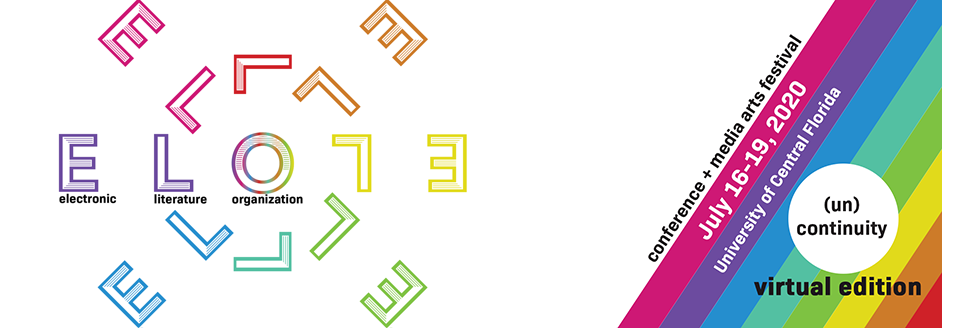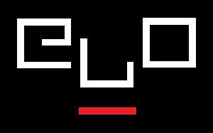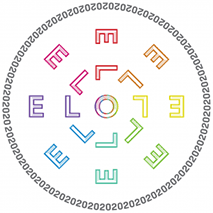Proposal Title
Submission Type
Conference Proceedings Paper
Abstract
In this paper, I outline a methodology for reading poetic works that operate between media environments, noting the subtle shifts and failures that mark the material changes. The space between mediums and processes of remediation produce residue from the various material substrates and protocols of reading that adhere to works moving through networks. The attention to the residue can be understood as glitches, which proliferate the possibilities of reading and reveal the construction of imbricated reading environments. This is a practice I want to consider through the framework of glitch reading. Drawing on Rosa Menkman's theorization of glitches and Tan Lin's considerations of reading environments, I develop an understand of glitch reading as a critical and creative project that considers the proliferation of activities that constitute reading. In many ways this is a response to Alexander Galloway’s call for “new methodologies of scanning, playing, sampling, parsing, and recombining” as critical methods. In continuing to consider the mediation and between status of the glitch, these practices trouble the boundaries between critical and creative, material and immaterial, chaotic noise and apophenic messages.
Glitch reading is a practice of reading processes of mediation, reading ruptures, distortions, and absences. It is a rupture in the protocols of reading, exposing the structures of reading and the way in which they can be expanded or further developed through remediation. In this sense, glitch reading becomes a way to understand reading as a process of disparate activities that fabricate a fluid structure that is designated as reading. It also includes processes that are often excluded from the structure of reading, what Tan Lin refers to as practices of non-reading. Attending to the glitch as a moment that exposes the material substrates that fabricate seamless environments, alternative forms of reading can proliferate and provide a glimpse into larger networks of relationality. By looking to works of art and poetics, and actually attempting to read the glitches, new possibilities in the regimes of reading become available. To read the glitch creates a way to reimagine and reconsider the networks of relations between humans and their technologies.
Included in
Digital Humanities Commons, Interdisciplinary Arts and Media Commons, Other Film and Media Studies Commons, Poetry Commons
Glitch Reading: [Re]Mediation and the Protocols of Reading
In this paper, I outline a methodology for reading poetic works that operate between media environments, noting the subtle shifts and failures that mark the material changes. The space between mediums and processes of remediation produce residue from the various material substrates and protocols of reading that adhere to works moving through networks. The attention to the residue can be understood as glitches, which proliferate the possibilities of reading and reveal the construction of imbricated reading environments. This is a practice I want to consider through the framework of glitch reading. Drawing on Rosa Menkman's theorization of glitches and Tan Lin's considerations of reading environments, I develop an understand of glitch reading as a critical and creative project that considers the proliferation of activities that constitute reading. In many ways this is a response to Alexander Galloway’s call for “new methodologies of scanning, playing, sampling, parsing, and recombining” as critical methods. In continuing to consider the mediation and between status of the glitch, these practices trouble the boundaries between critical and creative, material and immaterial, chaotic noise and apophenic messages.
Glitch reading is a practice of reading processes of mediation, reading ruptures, distortions, and absences. It is a rupture in the protocols of reading, exposing the structures of reading and the way in which they can be expanded or further developed through remediation. In this sense, glitch reading becomes a way to understand reading as a process of disparate activities that fabricate a fluid structure that is designated as reading. It also includes processes that are often excluded from the structure of reading, what Tan Lin refers to as practices of non-reading. Attending to the glitch as a moment that exposes the material substrates that fabricate seamless environments, alternative forms of reading can proliferate and provide a glimpse into larger networks of relationality. By looking to works of art and poetics, and actually attempting to read the glitches, new possibilities in the regimes of reading become available. To read the glitch creates a way to reimagine and reconsider the networks of relations between humans and their technologies.




Bio
Jake Reber is an artist and writer living in Buffalo, New York, where he co-curates hystericallyreal.com. He is the author of several artist books and experimental projects, including Invasive Species (Void Front Press, 2019), Bureaucratic Topologies (Gauss-PDF, 2018), and Lobster Genesis (Orworse Press, 2016), among others. He is also a PhD Candidate at SUNY Buffalo in the department of English.